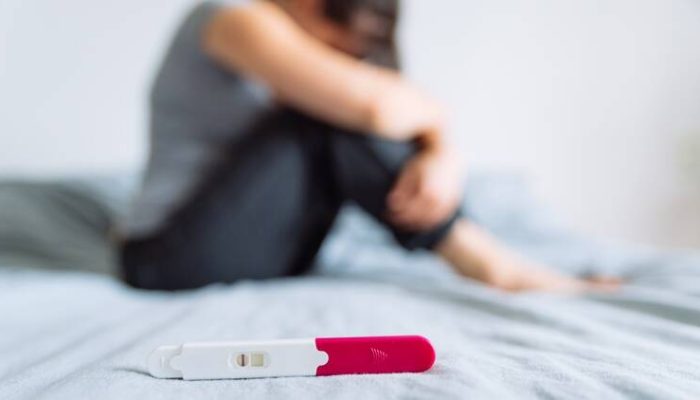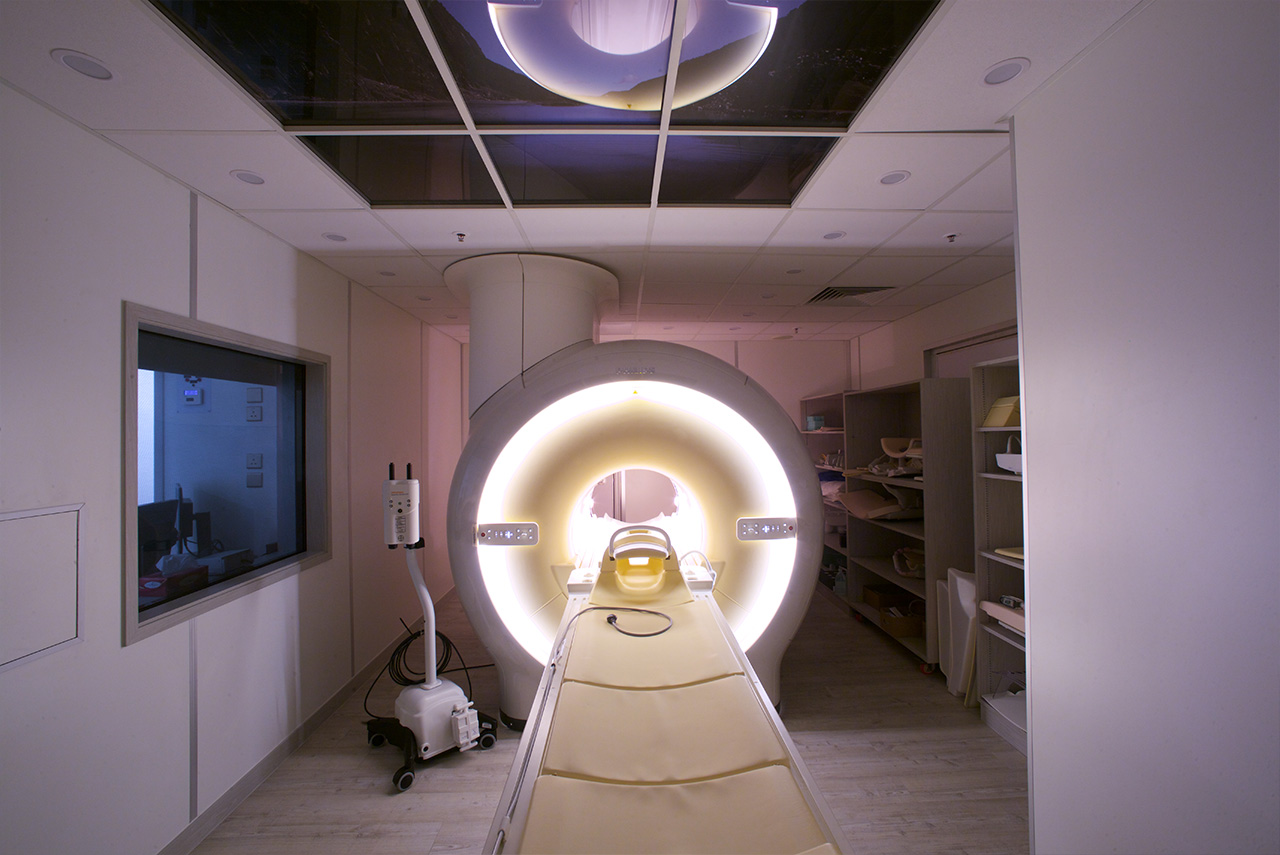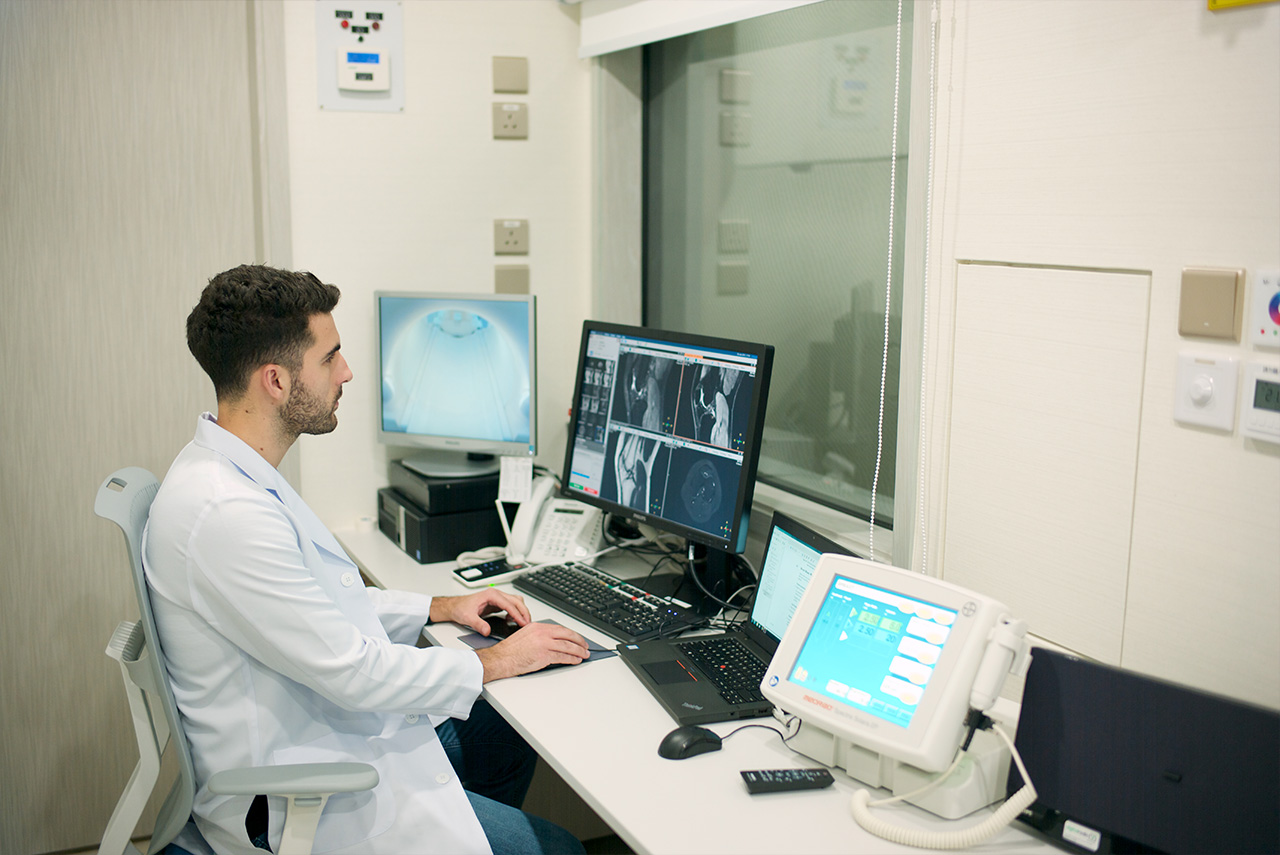Infertility
When a couple fails to conceive after a year of regular, unprotected sexual contact, they are considered infertile.

Causes of Infertility
Infertility issues can affect both men and women. One-third of infertility situations are attributable to male (sperm) and female (egg/fallopian tubes/uterus) causes, with the remaining one-third being due to joint abnormalities or being unexplained.
Male factors: Smoking and drinking, undescended testes, varicose veins in the scrotum, and damage to the genital organs from surgery or inflammation can all influence sperm production and transportation, resulting in infertility. Hereditary factors can also lead to azoospermia or very low sperm count.
Female factors: Ovarian insufficiency and irregular ovulation due to hormonal disturbances, fallopian tube blockage or p elvic adhesion caused by pelvic inflammatory disease or endometriosis, as well as congenital structural abnormalities of the uterus, can all cause infertility. Furthermore, women’s reproductive capacity declines as they age, particularly after the age of 40.
Treatments for Infertility
Hormonal treatment, surgical treatment, and assisted reproduction are options for fertility treatments.
1. Hormone Treatments
Hormonal levels in women can be controlled with oral medicine or injections to aid proper ovulation and increase the chances of conception.
2. Surgical Treatment
Corrective procedures can be used to treat infertility caused by genital organ deficiencies, depending on the circumstances.
Women who have had their fallopian tubes severed or clamped by rings during tubal ligation and are unable to conceive can have reversal surgery, which reconnects and restores the function of the fallopian tubes so that pregnancy can be attempted again.
3. Assisted Reproduction
The term “assisted reproduction” has a fairly broad definition. It refers to processes in which sperm and eggs are handled in a laboratory in Hong Kong. It can be divided into two main types:
Intra Uterine Insemination (IUI)
In the laboratory, a sample of the male partner’s sperm is treated and concentrated before being injected into the female uterus to fertilize the egg inside the fallopian tubes.
In Vitro Fertilisation (IVF)
IVF, commonly known as a ‘test tube baby,’ is a technique that involves retrieving sperm and eggs from a man and a woman, fertilization and embryo growth in a laboratory, and then transferring the embryo back to the uterus.
Assisted Reproduction
Under the following circumstances, couples should seek medical help as soon as possible for appropriate assisted reproduction treatment:
- After a year of regular, unprotected sexual contact, inability to conceive
- Females aged 35 and up
- Menstrual cycles that last three weeks or shorter
- No more than two/three months in a row
- Ectopic pregnancy or pelvic inflammatory illness in the past
- Having had two or more miscarriages
- Male azoospermia or erectile dysfunction, prostate infection, history of vasectomy reversal
- Premature ejaculation
Intra Uterine Insemination (IUI)
IUI is the process of delivering chosen sperms directly into the uterine cavity using a catheter, reducing the distance the sperms must travel to reach the egg. The woman must have at least one unblocked fallopian tube and a normal uterine cavity for IUI to be successful, and the sperms must meet a particular quality threshold.
Who is Suitable for IUI?
IUI is particularly beneficial for couples who have:
- Poor quality sperm, e.g. low sperm count or motility
- Issues with sexual intercourse, e.g. erectile dysfunction, premature ejaculation, etc.
- Mild endometriosis
- Incompatibility of sperm and cervical mucus
- Unexplained infertility
Procedure of IUI
- The woman will need to take egg-stimulating medicine to improve her chances of conception even further.
- To prevent too many eggs from being activated, the dosage must be carefully monitored by the doctor.
- About an hour or two before the intended insemination, a semen sample is taken from the partner.
- The sperm is then separated from the seminal fluid, which can induce the uterus to contract, and processed or “washed” to choose sperm with higher motility.
- The doctor will inject a small catheter into the uterine cavity through the vaginal canal at the moment of ovulation.
- The cleaned sperm will subsequently be administered straight into the uterus via the catheter.
- Normally, this operation does not cause significant discomfort and does not involve the use of anesthetics.
- It only takes a few minutes to perform the IUI treatment.
- A self-administered test or a simple blood test at the clinic will determine whether the woman is pregnant two weeks following insemination.
Advantages and disadvantages of choosing IUI
The advantage of IUI is that it can solve the potential cause of infertility due to abnormal vaginal or cervix secretion by placing sperm near the fertilization site. In addition, the entire treatment is relatively simple, using minimally invasive surgery, without causing much emotional burden in patients relatively.
However, the disadvantages of IUI compared to other assisted reproductive techniques include a lower chance of pregnancy, the possibility of multiple births, and it is not suitable for women with blocked fallopian tubes or men with severe sperm problems.
In Vitro Fertilisation (IVF)
IVF entails taking eggs from the ovary, fertilizing them in the laboratory with sperm, and then transferring the embryo into the uterine cavity.
Who is Suitable for IVF?
The use of in vitro fertilization (IVF) is advised in the following situations:
- Sperm abnormalities or low sperm count
- Blocked fallopian tubes
- Severe endometriosis
- Sperm-cervical mucus incompatibility
- Several IUI treatment failures
- Infertility that isn’t explained
- Women who are older.
Procedure of IVF
- A gonadotropin-releasing hormone (GnRH) agonist is used to temporarily prevent the brain from transmitting ovulation signals to the ovaries.
- Gonadotropins are hormones that are utilized to promote the development of numerous follicles in the ovaries. During this period, the doctor will keep a close eye on the follicles’ progress and choose the optimal moment for egg harvesting. The doctor will provide an hCG injection and arrange for egg retrieval after the follicles have matured.
The egg retrieval is carried out by professional team of doctor, anaesthetic, nurse, and embryologist. It’s possible that anaesthesia, an intravenous sedative injection, and a modest pain reliever will be needed. To examine the follicles, an ultrasound probe is put into the vaginal canal. To collect the fluid and egg from each follicle, a thin needle attached to the probe is inserted through the vaginal wall and into the ovary. The embryologist takes the egg from the follicular fluid and places it in the culture medium.
The male partner is asked to supply a semen sample prior to egg retrieval. The doctor then “washes” the sperm before adding them to eggs in an incubator to allow for spontaneous union and embryo creation. The embryologist will check the eggs for fertilisation the next day, and then monitor the development of the fertilized eggs for another day or two.
The doctor will discuss the number of embryos to be transferred with the couple. The embryologist will choose the embryos with the best morphology for transfer, then load the embryos into a special catheter and hand it over to the doctor. With the help of an ultrasound, the doctor will transfer the embryos to the uterine cavity. This procedure may cause some minor discomfort. Following an embryo transfer, normal activity can be resumed after a brief period of rest.
The “luteal phase” is the time after ovulation when increased progesterone secretion helps maintain the thickness of the uterine lining, allowing embryo implantation to take place in an optimal environment. Progesterone supplementation after embryo transfer can aid to strengthen the uterine lining and boost the chances of uterine implantation and pregnancy. A self-administered pregnancy test or a blood test at the clinic will tell you whether the procedure was successful about two weeks following embryo transfer.
Advantages and Disadvantages of choosing IVF
The benefits of IVF over IUI include a higher possibility of egg-sperm fertilization and a higher success rate.
However, with the dangers of multiple pregnancies and ovarian overstimulation syndrome, IVF is more complicated and technically demanding. This is relatively more expensive too.




